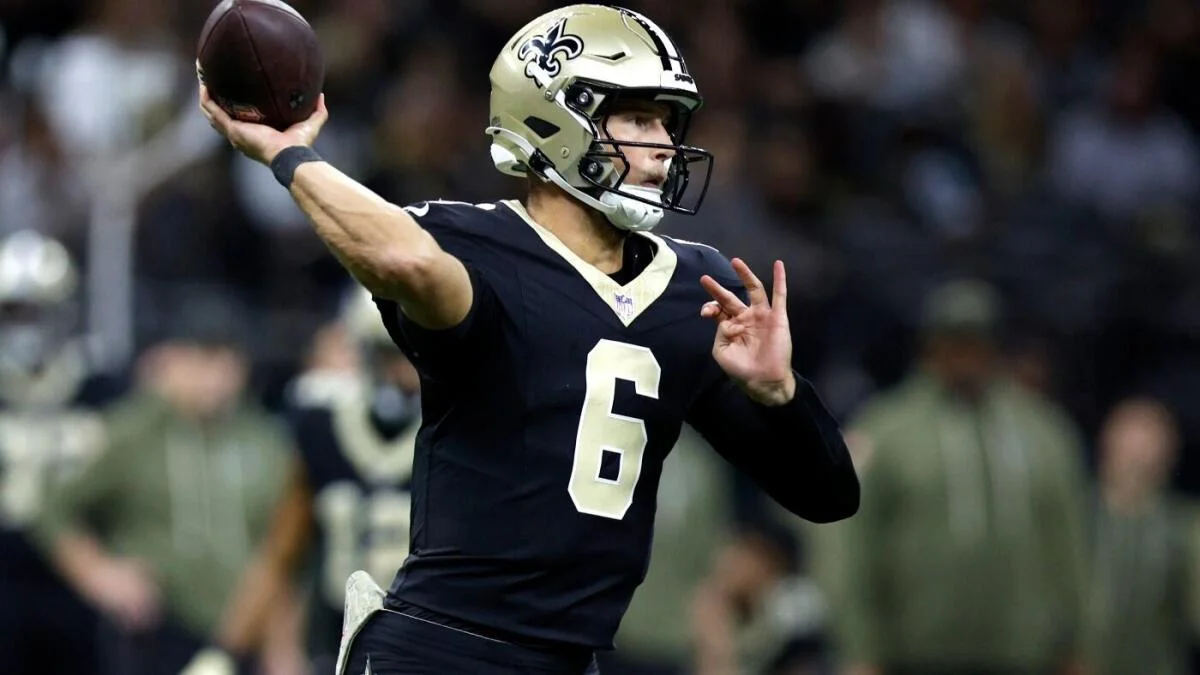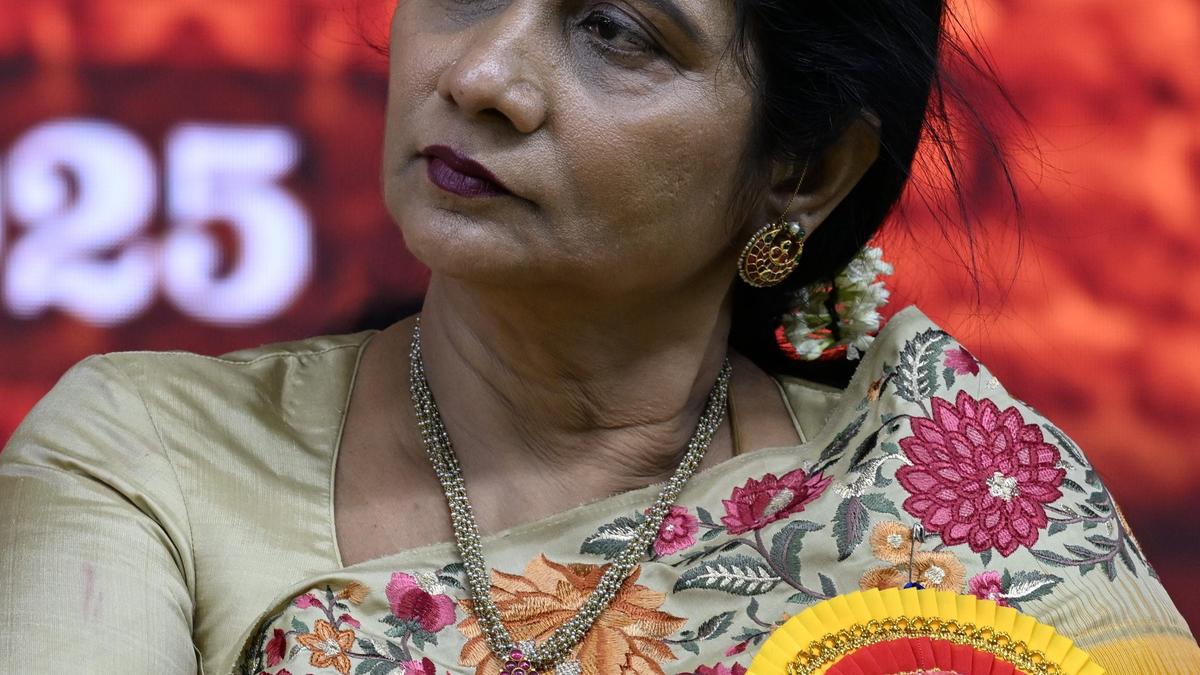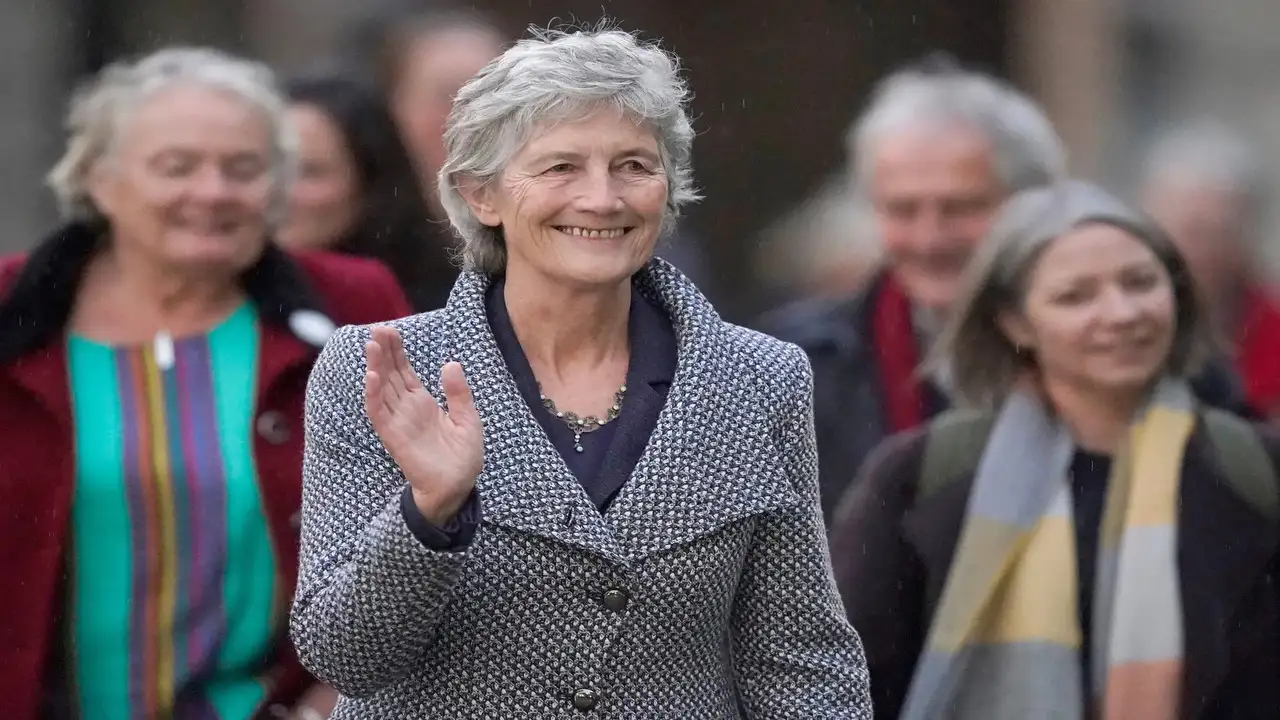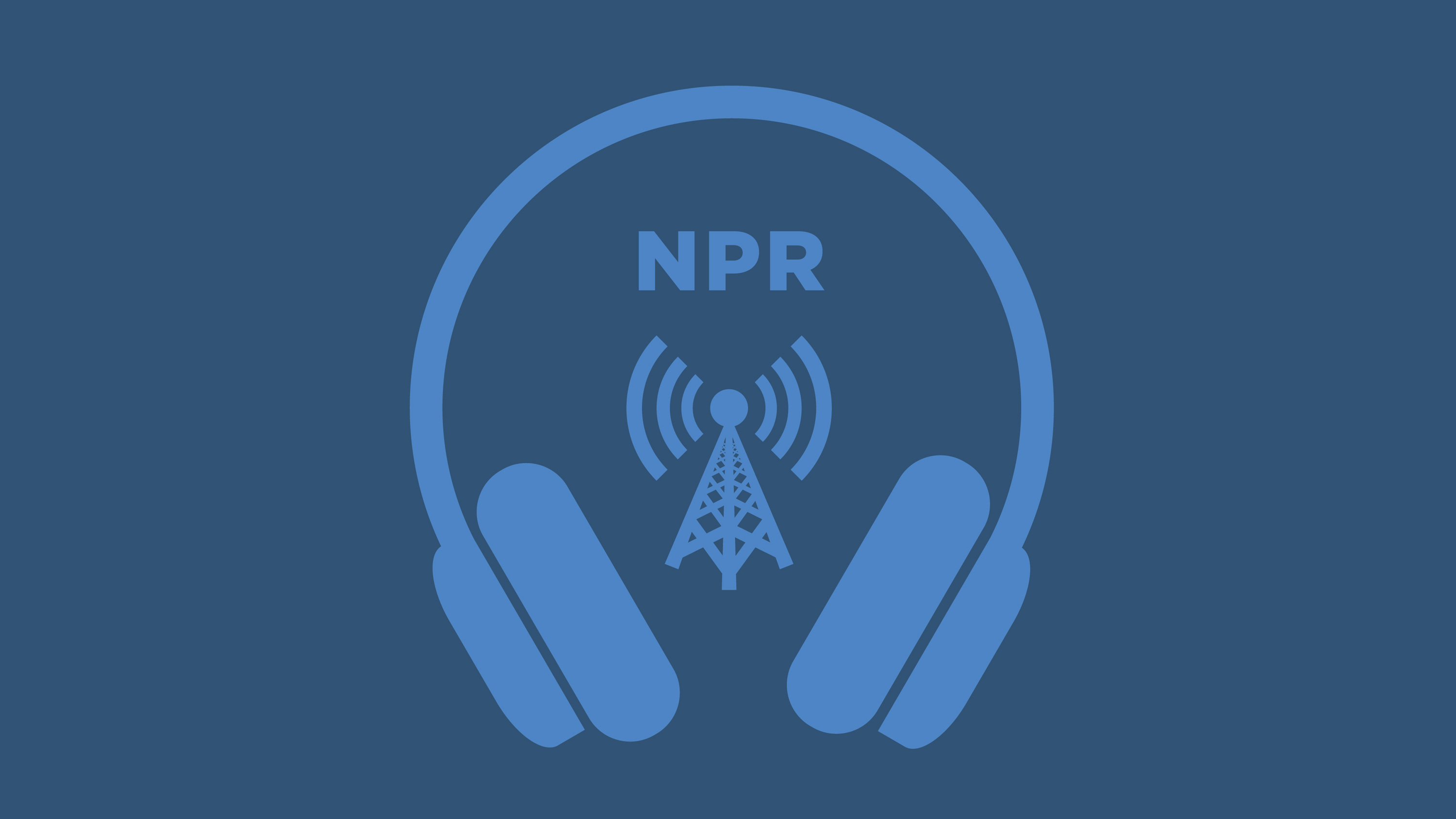Copyright CBS Sports

Tyler Shough, the 40th overall pick in the 2025 NFL Draft and the third quarterback taken after Cam Ward and Jaxson Dart, will make his first career start for the New Orleans Saints on Sunday. This isn't necessarily a surprise; rookie quarterbacks taken in the early rounds often find themselves on the field, if not to start the season, usually no later than Halloween. And while Spencer Rattler, the Saints' 2024 fifth-round pick, played well in his eight starts, he didn't do enough -- especially the last two weeks -- to keep head coach Kellen Moore from making the switch to Shough one series into the second half of the Week 8 game against the Buccaneers. Tampa Bay would cruise to a 23-3 win, and the stat line for both Saints quarterbacks, frankly, looked pretty similar; in a little over a half of work, Rattler was 15 of 21 for 136 yards with no touchdowns and an interception (he also lost a fumble), while Shough finished 17 of 30 for 128 yards with zero touchdowns and an interception. But that's the point: for a first-year coach like Moore, if the starter he inherited isn't clearly outperforming the rookie he extensively scouted and ultimately drafted, the question isn't if a change is coming -- it's when. When, it turns out, is Nov. 2. The Saints travel to Los Angeles to face a formidable Rams team with one of the league's best defenses. Beyond learning what Shough brings to the table as an NFL starting quarterback, there's also the looming issue of the 2026 NFL Draft. As we sit here, three teams are 1-7 -- the Saints, Jets and Titans -- and if the first half of the season is any indication, it will be a knock-down, drag-out fight for the first overall pick. For now, though, New Orleans (by way of a tiebreaker) is in pole position. And given how this quarterback class is shaping up, Indiana's Fernando Mendoza, Alabama's Ty Simpson and Oregon's Dante Moore could all be off the board in the first five selections. Let's assume the Saints end up with the No. 1 pick when the season ends. Then the question becomes: what does Shough need to do over these final nine games to force the organization to seriously consider going in another direction on draft night, whether that be using the top pick on a non-QB position of need, or possibly even trading down to accumulate more draft capital to accelerate a quicker roster rebuild? To that last point, in 2023, the Panthers traded with the Bears to move from No. 9 to No. 1. They selected Bryce Young, who in Year 3 is having his best season but hasn't nearly justified the cost of moving up. Specifically, by moving down eight spots and accumulating picks in 2023, 2024 and 2025, the Bears were able to add right tackle Darnell Wright, cornerback Tyrique Stevenson, quarterback Caleb Williams (with, incidentally, the No. 1 overall pick in the 2024 draft), wideouts Luther Burden III (a second-rounder in 2025) and DJ Moore (who was included in the initial trade, going from Carolina to Chicago). And in 2016, the previous instance when a first overall selection was traded, the Titans moved all the way down to No. 15 to allow the Rams to take Jared Goff at No. 1. For their troubles, Tennessee ended up with Jack Conklin, Austin Johnson, Derrick Henry, Corey Davis and Jonnu Smith. One takeaway from these two examples might be that the team that trades down is in better shape to rebuild its roster faster, if for no other reason than you have more bites at the apple. Of course, the Bears subsequently took a quarterback with that extra first overall pick the next year. And while the Titans would eventually use a No. 1 pick on a quarterback, it was nine years after the trade down (and two years after they selected Will Levis 33rd overall), a stretch that saw the team win at least nine games in six straight seasons from 2016-21, before three straight losing campaigns culminated in a 3-14 mark in 2024 and paved the way for Ward to be the first player chosen last spring. Put another way: no one would argue that the Bengals would be better now had they traded down and passed on Joe Burrow, or had the Colts done similarly in 2012 instead of grabbing Andrew Luck (who promptly led the team to 11 wins as a rookie). So, back to Shough and the Saints. What does the rookie second-round pick need to do to keep from getting Jimmy Clausen'd? (Clausen, you might remember, was the 48th overall pick of the Panthers in 2010. That team finished 2-10. Clausen started 10 games as a rookie, went 1-9, and finished with three touchdowns, nine interceptions and a 52.5 completion percentage. The following draft, Carolina had the No. 1 pick and took Cam Newton.) I posed the question to my co-host on the "With the First Pick" podcast, former Titans general manager Ran Carthon. "He just needs to show he can move the offense -- improve the numbers, score points, and run Kellen Moore's system efficiently," Carthon explained on a recent episode. "If the results look the same as with Rattler -- say they only win one or two games -- and the Saints still have the No. 1 overall pick, you have to target a quarterback. Even if that means admitting you used a top-50 pick on a backup, it's better to correct a mistake than double down on one. There's no non-QB player at No. 1 who can transform the organization the way a true franchise QB could" Given Carthon's remarks, I was curious to see how the Panthers justified drafting a quarterback first overall in 2011, one year after taking one in the second round. "All you've got to do is look back to our recent seasons and see that you need depth at that position," then-general manager Marty Hurney said at the time. And in an oral history of the 2011 draft class, Hurney told SI.com in 2016: "We looked closely at Von Miller, too. Cam just jumped off the tape. The measurables: Arm strength, ability to look down field. … He looked to throw when pressure came." And sometimes it really is as simple as that, which Carthon reiterated in our conversation: "You can't get caught up in politics like, 'Well, we already drafted Shough.' If you loved him that much, he'd have been your Week 1 starter. "So if something has given you pause -- and it clearly has -- don't overthink it. If you believe another QB is better, just take him." Newton played 10 seasons in Carolina, and in 2015, he was named league MVP and led the team to a 15-1 record and a Super Bowl appearance. The Panthers clearly made the right decision to draft him, no matter who they had taken the year before. Eight years later, the Cardinals took it a step further; they selected Kyler Murray with the first pick one year after they had traded up to No. 10 to draft Josh Rosen (Arizona gave up a 2018 third- and fifth-rounder to move up five spots to No. 10). These are two clear-as-day examples of teams avoiding the sunk-cost fallacy -- the idea that a team shouldn't give up on a highly drafted quarterback simply because of the investment, even when a better option is available. Carolina was clearly better off after upgrading to Newton, and I think the same -- to a much lesser degree -- can be said of Arizona, even though Murray is 38-48-1 as a starter and in the six seasons since he was drafted, the Cardinals have finished above .500 once. QBs drafted No. 1 overall since 2011 YearPlayerTeamCollege2011Cam NewtonPanthersAuburn2012Andrew LuckColtsStanford2015Jameis WinstonBuccaneersFlorida State2016Jared GoffRamsCalifornia2018Baker MayfieldBrownsOklahoma2019Kyler MurrayCardinalsOklahoma2020Joe BurrowBengalsLSU2021Trevor LawrenceJaguarsClemson2023Bryce YoungPanthersAlabama2024Caleb WilliamsBearsUSC2025Cam WardTitansMiami (FL) In looking at the quarterbacks taken No. 1 overall since 2011, the names above span the spectrum from "generational talent" to "can't-miss prospect" to "late-in-the-process riser" to "we might be reaching but we desperately need a QB." How you sort them into the different buckets may differ, but the fact remains: Teams don't pick No. 1 overall very often (since 2000, the Browns and Texans lead the way with three each, followed by the Jags, Panthers and Rams with two, 13 teams with one and 14 more who haven't had the top pick at all this century). And if there's a chance to improve the quarterback position, it's really, really tough to pass it up. 2026 NFL mock draft: Four QBs go in Round 1 as top prospects start to separate, linemen dominate the board Cooper Petagna Whatever your feelings on Rattler, who has been good enough to remain the starter, the Saints should absolutely see what they have in Shough. If he balls out -- and he doesn't have to be the rookie versions of C.J. Stroud or Jayden Daniels, or even Bo Nix -- then the organization will face a decision about their QB1 in 2026, and what to do with what will likely be a top-five selection. Also, two of the teams mentioned above -- the 2022 Texans and the 2023 Commanders -- were among the worst outfits in the league in their respective seasons; Houston finished 3-13-1 and had the No. 2 overall pick in the 2023 draft, while the Commanders were 4-13 and had the No. 2 pick in 2024. They got the quarterback right, got the staff and front office right, and did an excellent job drafting around that quarterback. It may not seem like it now, staring 1-7 in the face, but for the Saints, these are good problems to have.



